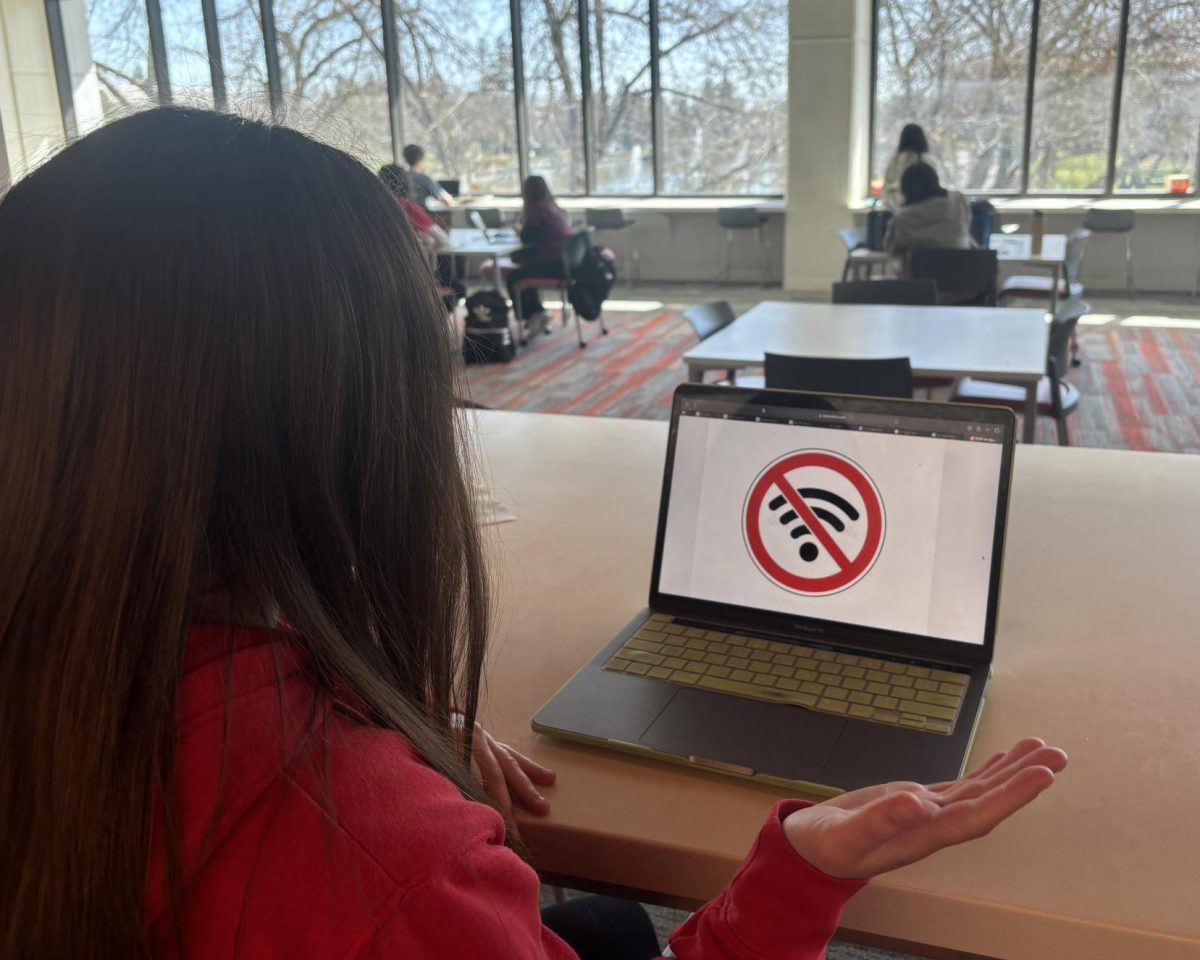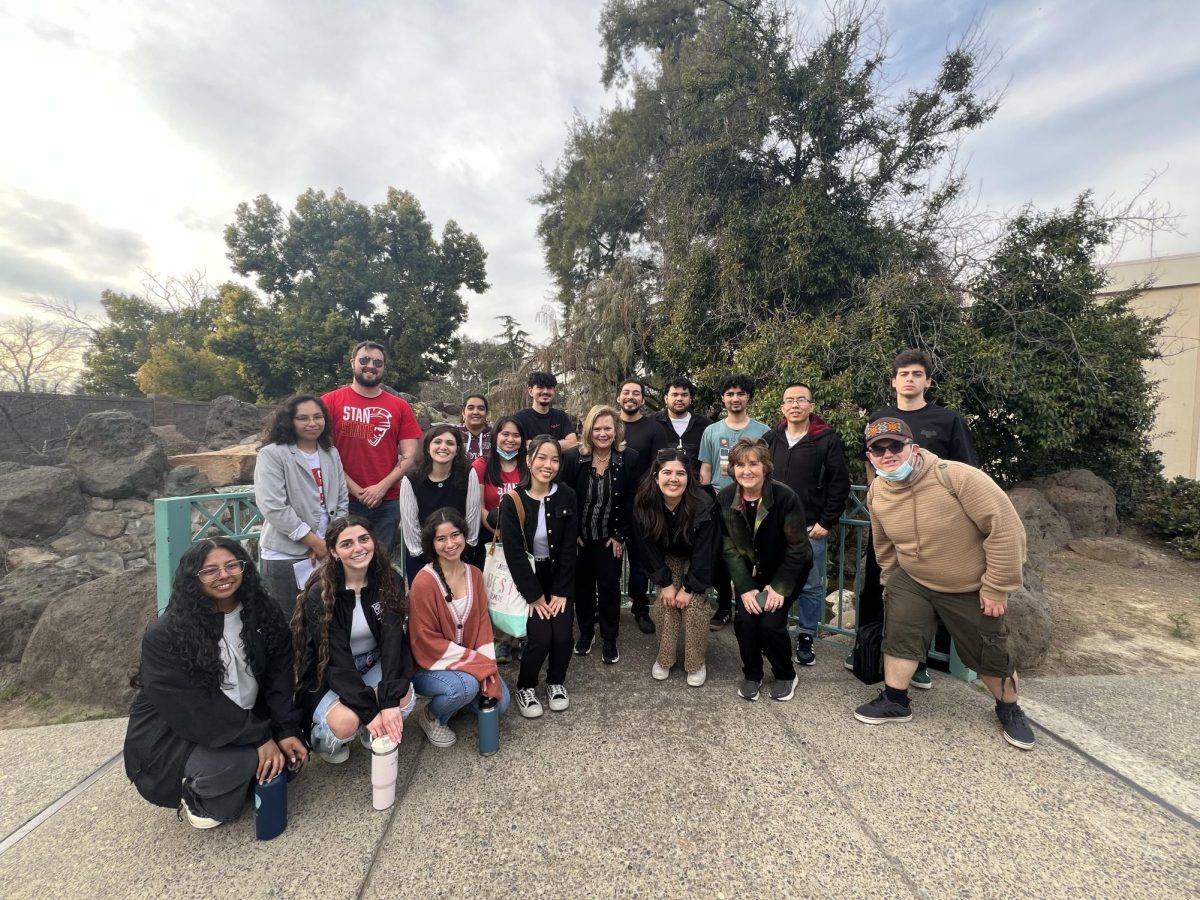Oh, the weather outside is foggy. In recent weeks, Stanislaus County has been plagued with unavoidable fog, but never fear—there are several ways to still be safe and relaxed while driving back and forth from school and work.
Fog is one of the most dangerous weather conditions on Central Valley highways because it impairs the vision of motorists and is responsible for numerous accidents and deaths nationwide.
On Jan. 28, it was reported that Gainesville, Fla. suffered a tremendous loss after at least 11 people tragically died and eight people were hospitalized following a massive I-75 pileup as the result of dense fog.
There are many types of fog, but the type of fog that is a cause for concern for Central Valley motorists is Tule fog. Tule fog forms in the San Joaquin Valley during California’s rainy season after the first substantial rainfall, according to AccuWeather.com. The National Weather Service describes Tule fog as having visibility that is less than 1/8th of a mile. Situations with little visibility such as this often lead to accidents along the stretches of highway in the Central Valley.
“The big thing, especially in these county areas, is that you’re going to have pockets of dense fog,” CHP Officer Sean Wills said. “We already know that. Everybody should know that now. So you have to slow down.”
Slowing down during dense fog is a wise precaution that motorists should take to avoid accidents, but it is only one of several safety measures drivers can make.
The California Highway Patrol and the National Weather Service suggest that motorists take the following precautions while driving in winter fog:
- Again, reduce your speed and watch your speedometer.
- Drive with your lights on, but make sure to use the low beam setting. High beams will reflect the fog back to your vehicle resulting in less visibility.
- Stay in your lane and avoid crossing other traffic lanes if possible.
- Listen to possible oncoming traffic by slightly opening your driver’s window.
- Avoid intersections where cross traffic does not stop.
- Do not stop your vehicle. If you must stop your vehicle for any reason, pull over to the shoulder and exit out of your vehicle to avoid bodily injury.
- Watch for CHP to guide you to safety if they are present.
- If possible, postpone your trip until the fog lifts.
- Lastly, and most importantly, always read and obey the overhead traffic and weather information.
Our lives are busy and we have several deadlines to meet, but with the majority of CSU Stanislaus students and faculty commuting to and from school, it is important for us to be alert and aware of this mysterious weather. It is always better to be late because of fog, rather than to be killed because of it.






